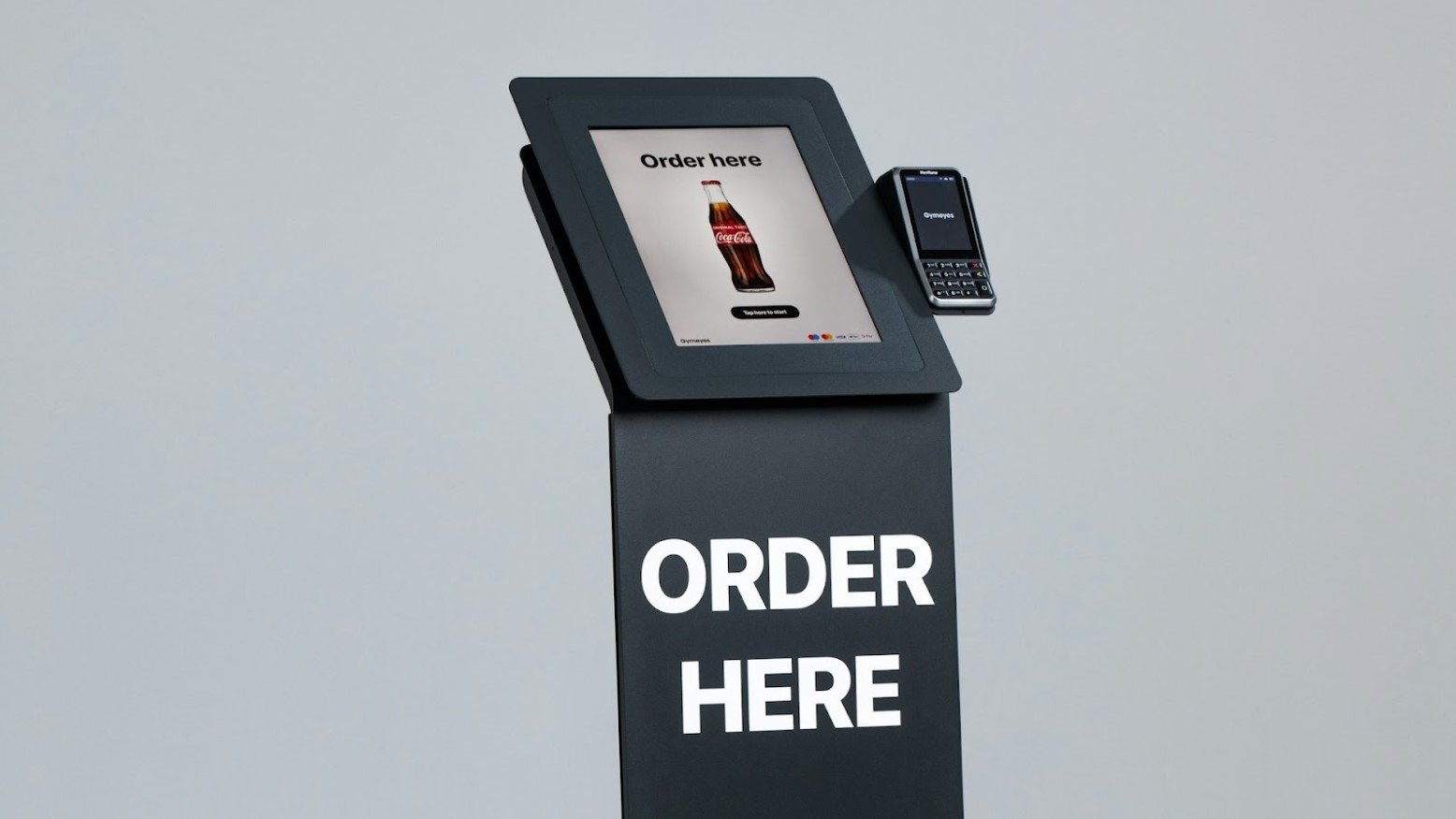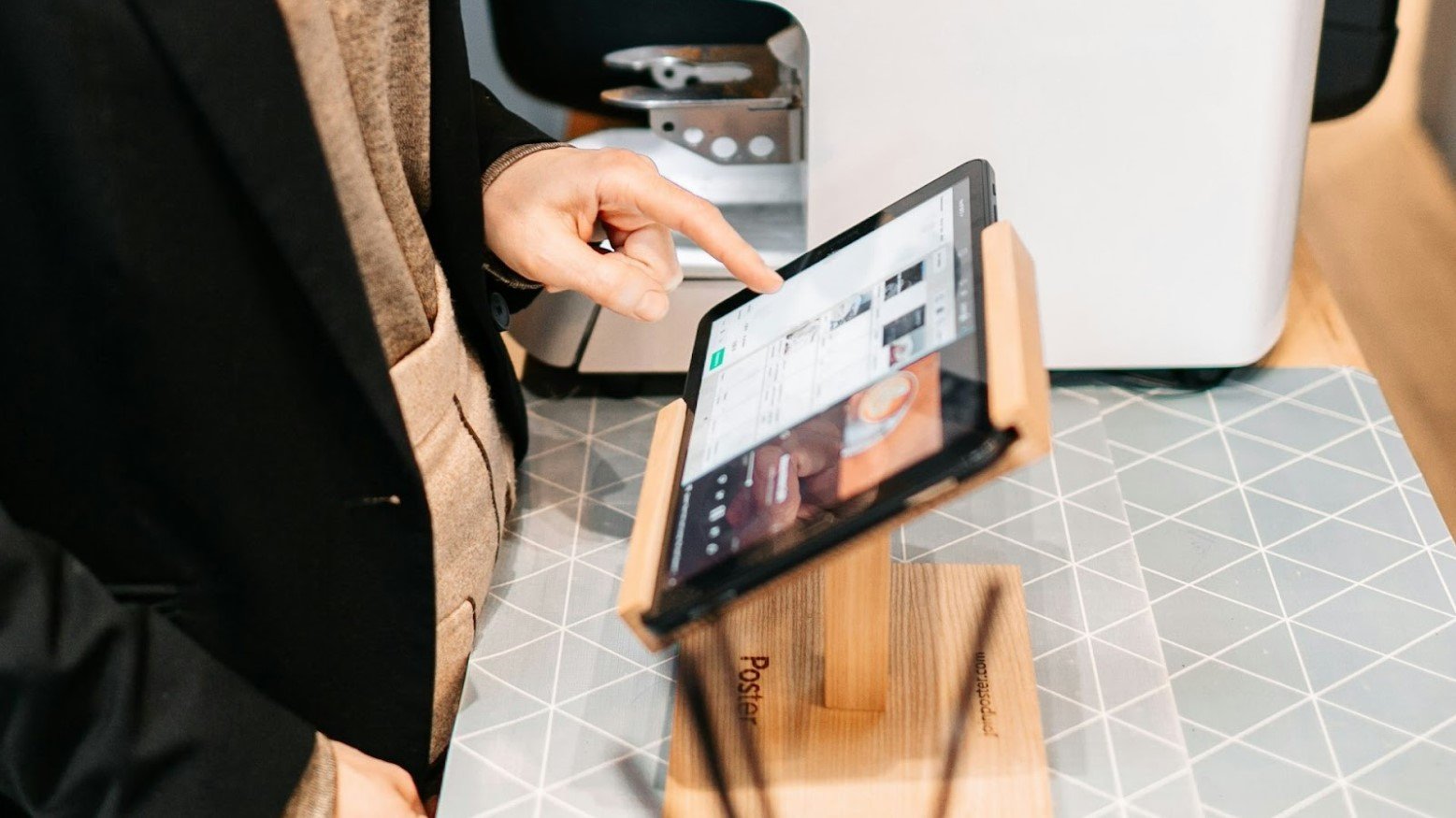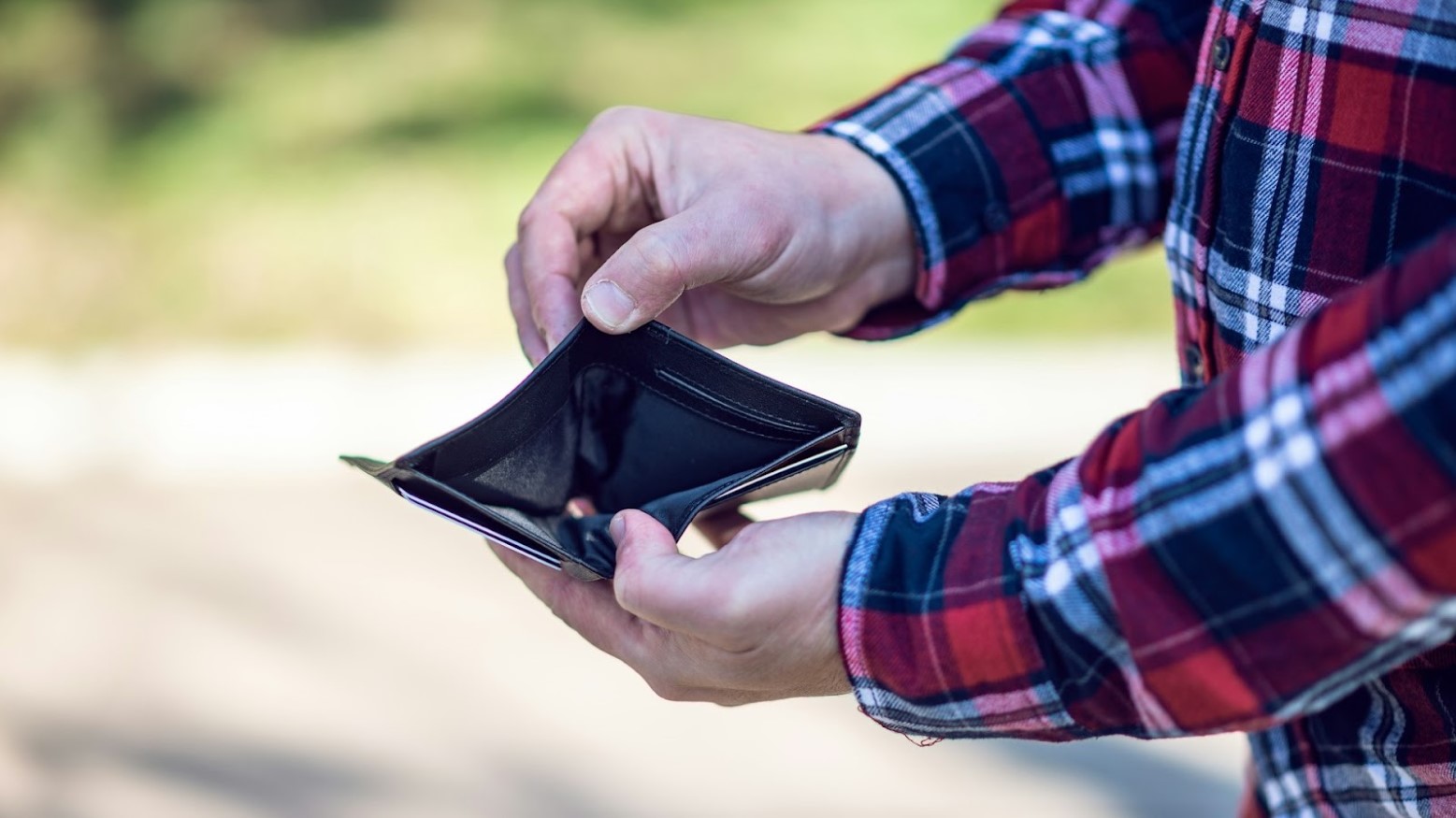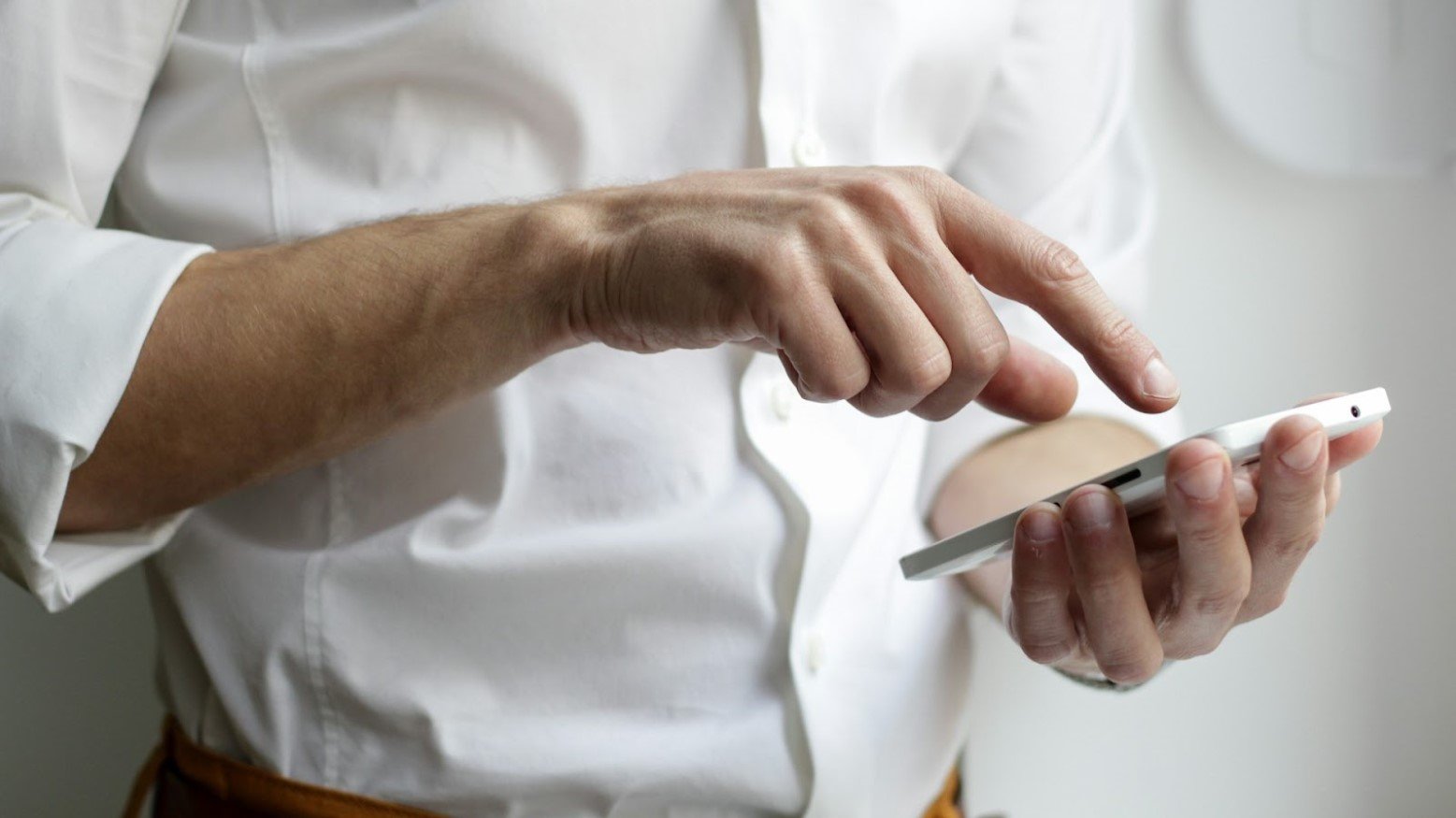Customers Furious as Self-Checkout Machines Ask for Tip
Tipping at the checkout is nothing new for American shoppers. If you see a touch-screen device at checkout, you can pretty much bet money on being asked if you’d like to leave a tip.
But customers are now being prompted to tip, even if they have had zero interaction with an employee.
Self-Checkouts and Tipping Prompts
It appears that shoppers aren’t free from tipping pressures, even if they’ve done all the work themselves. Tipping screens are becoming a common part of using self-checkout machines.

Source: Onesix/Unsplash
An article from the Wall Street Journal noted that customers who ring themselves up, bag their own goods and pay without ever interacting with a human staff member are encountering on-screen prompts to tip.
These Prompts Are Everywhere
Self-checkout machines are everywhere. Whether you’re at a grocery store, coffee shop, airport, movie theater, or stadium, you’ll probably see an unstaffed self-service machine you can use to complete your purchase and pay for your goods.

Source: Porter POS/Unsplash
Per the Wall Street Journal article, many consumers are being inundated with prompts to leave a 20% tip when using these machines. These prompts leave people feeling emotionally blackmailed.
Tipping Defeats the Purpose of Self-Checkout
To many, the idea of leaving a tip at a self-checkout machine is completely contrary to the reasons for having these machines in the first place. These automated checkouts serve to replace service staff.

Source: Markus Winkler/Unsplash
By having them, businesses cut labor costs. The question then becomes, what is the point of asking for a tip and, more importantly, where is this tip going?
People Feel Pressured to Tip
Tipping screens at checkouts leave people feeling pressured to tip when they normally wouldn’t have, even if an employee has done little to nothing to assist a customer.

Source: Artem Beliaikin/Unsplash
According to a survey by PlayUSA, 51% of people had given a tip when an iPad asked them to, and 54% feel pressured to tip when the employee turns the iPad away.
Digital Payment Is Driving More Tipping
There has been a proliferation of tipping screens recently and a fast acceleration of prompts for people to leave a tip.

Source: David Dvoracek/Unsplash
The adoption of digital payment systems across virtually every sector has made it extremely easy for businesses to include a tip request screen as a standard part of a transaction process. 45% of respondents to the PlayUSA survey said they feel they’ve been tipping more over the last few years due to more businesses asking for a tip during checkout.
The Pandemic May Have Shifted Tipping Behaviors
Tipping screens pre-date the COVID-19 pandemic, but experts believe tipping behaviors during the pandemic may have contributed to this widespread growth of tipping screens.

Source: Anastasiia Chepinska/Unsplash
During the pandemic, consumers tipped generously to show their support for businesses and employees impacted and to express sympathy for those who worked in environments that increased their chances of contracting the virus.
It Makes Sense for Businesses
Tipping screens and prompting customers to tip when using self-checkouts present an opportunity that businesses obviously wish to exploit. Why would businesses not wish to exploit a potential avenue to get extra money for practically no cost?

Source: Alexander Mils/Unsplash
For their part, business owners claim that automated tipping cues benefit employees. They say that using them significantly increases gratuities and boosts staff pay.
Customers Are Happy to Tip the Right Workers
Tipping a person for goods and services rendered is a direct expression of appreciation for the work they have done. This is probably why in the PlayUSA survey, 83% of respondents always tip at a sit-down restaurant.

Source: Drazen Zigic/Freepik
People want tips to go straight to workers, something that is required by law in the state of California. The law prohibits employers from sharing in or keeping any amount of a gratuity left for a given employee or employees.
Consumers Are Concerned About Transparency
If you put some money in a tip jar or tell someone to keep the change, you can directly see the person you are tipping get the money you’re giving. But when you tip through a screen, it’s far less transparent as to where that money goes.

Source: Emil Kalibradov/Unsplash
Press a button on a screen, and you have no assurance the employee who served you is getting that tip. Follow a prompt on a self-checkout, and you may not even see an employee near you to hypothetically get this tip. Many consumers likely wouldn’t be happy giving a tip that could theoretically be kept by the business and not passed on to staff.
Automated Tipping Seems to Be Proliferating
Tipping is becoming more common among other employee-free shopping experiences, including apps. In some cases, a gratuity is included in such transactions.

Source: NorWood Themes/Unsplash
An investigation into the travel app Hopper revealed that it automatically adds a tip at checkout. Customers have to opt-out if they do not wish to pay this gratuity for what is an automated transaction with no contact with an employee to receive the tip.
Ultimately, It’s the Customer’s Choice
When you’re the one bagging up your own groceries or rendering your own service through an app, being met with a prompt to leave a tip is understandably frustrating. What exactly are you tipping for? Who are you paying? Ultimately, you’re well within your rights to not leave a tip — even if you feel pressured to do so by an employee hovering in the self-checkout area.

Source: Towfiqu barbhuiya/Unsplash
Where consumers need to pay attention is if any online or self-directed commerce processes include a tip as standard. Here, it’s important to know you need to opt out, especially if you’re uncomfortable with not knowing exactly who your tip is going to.
